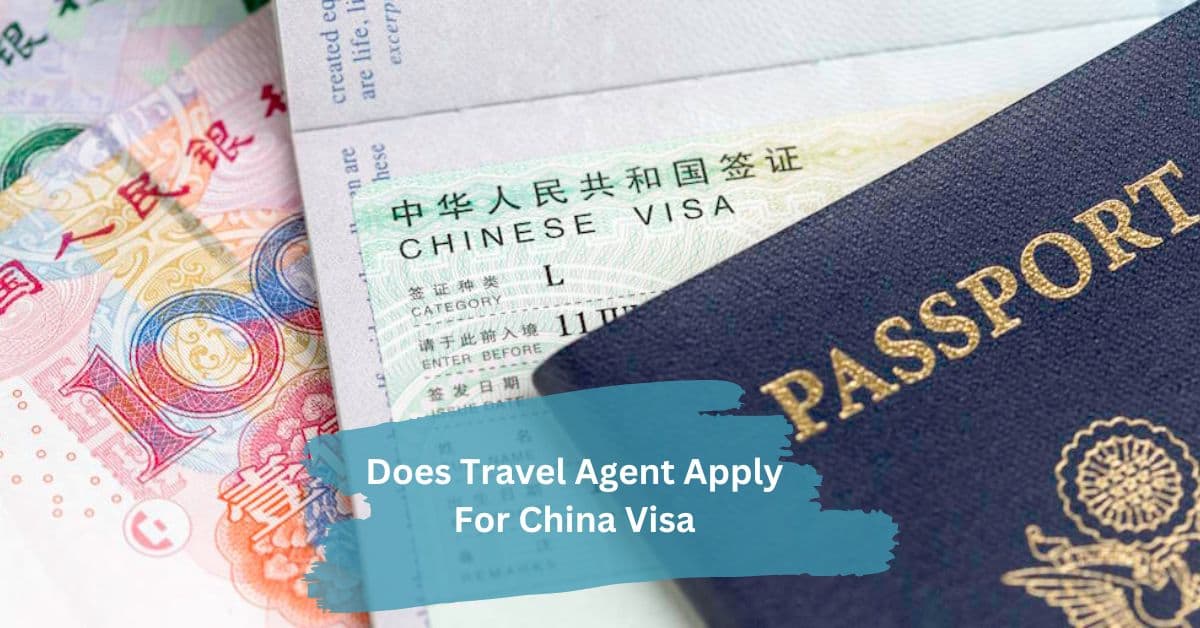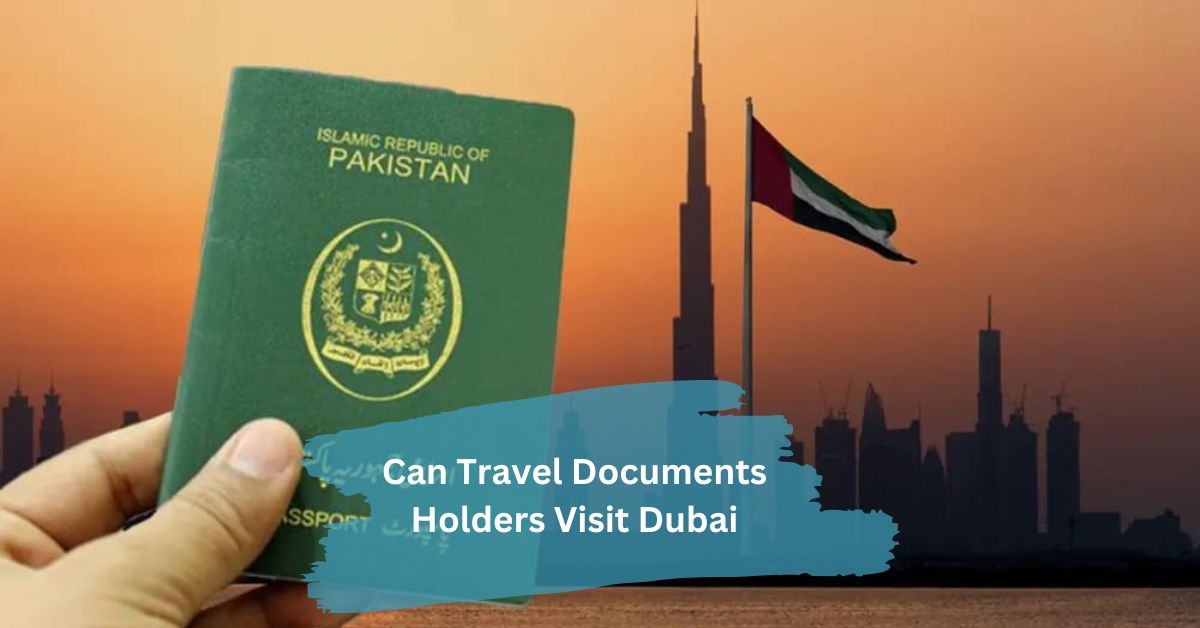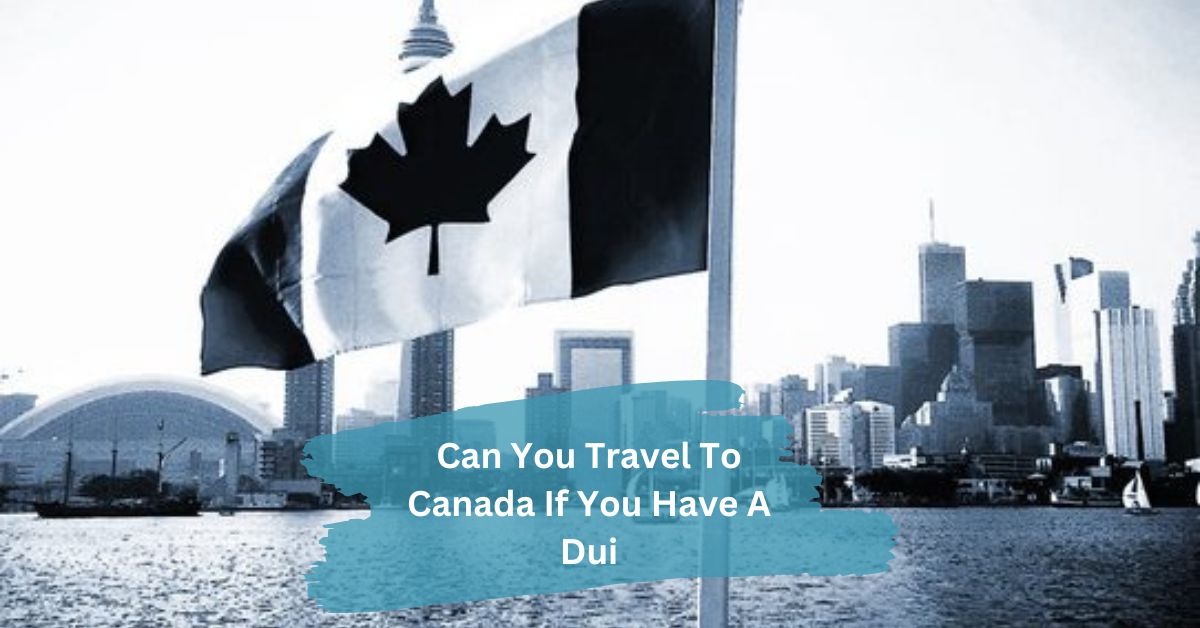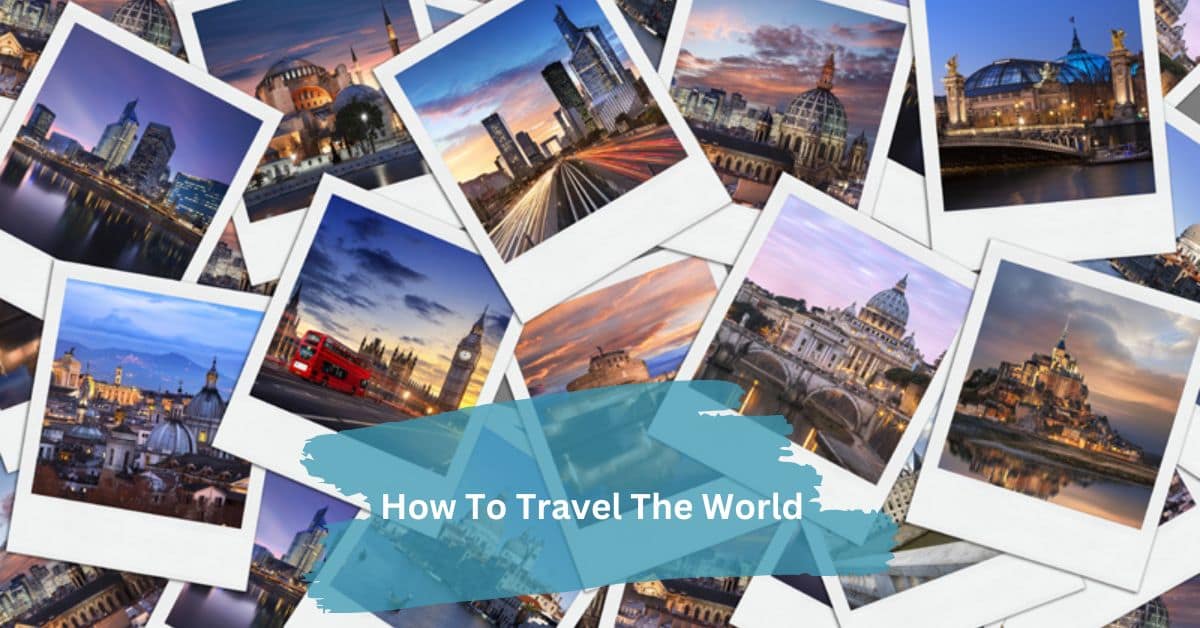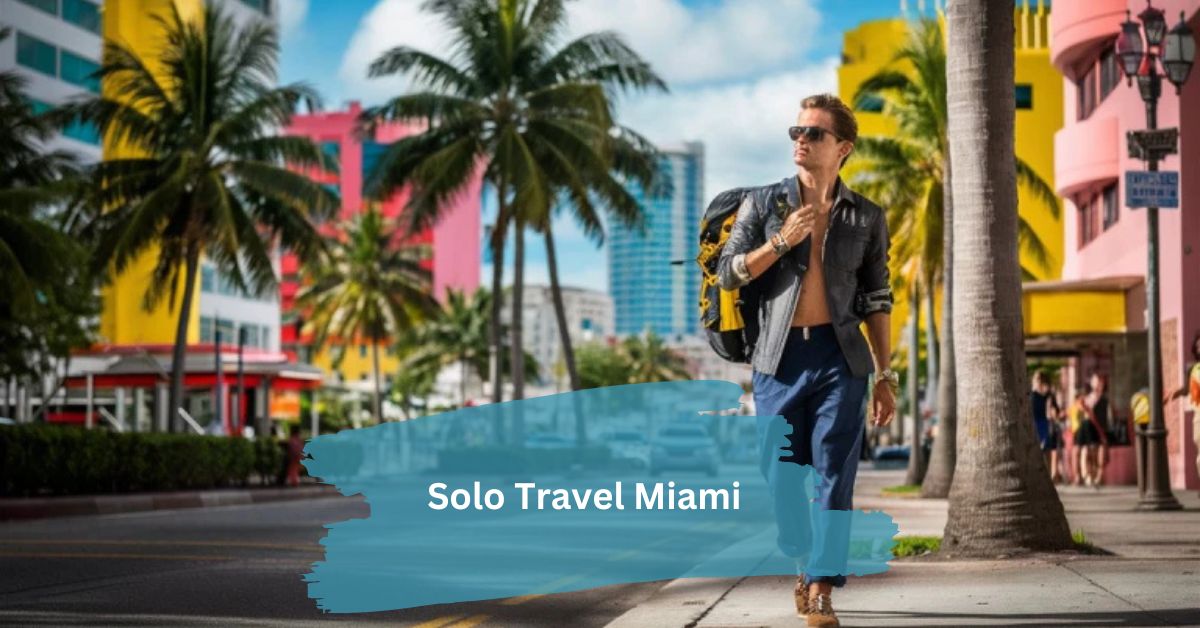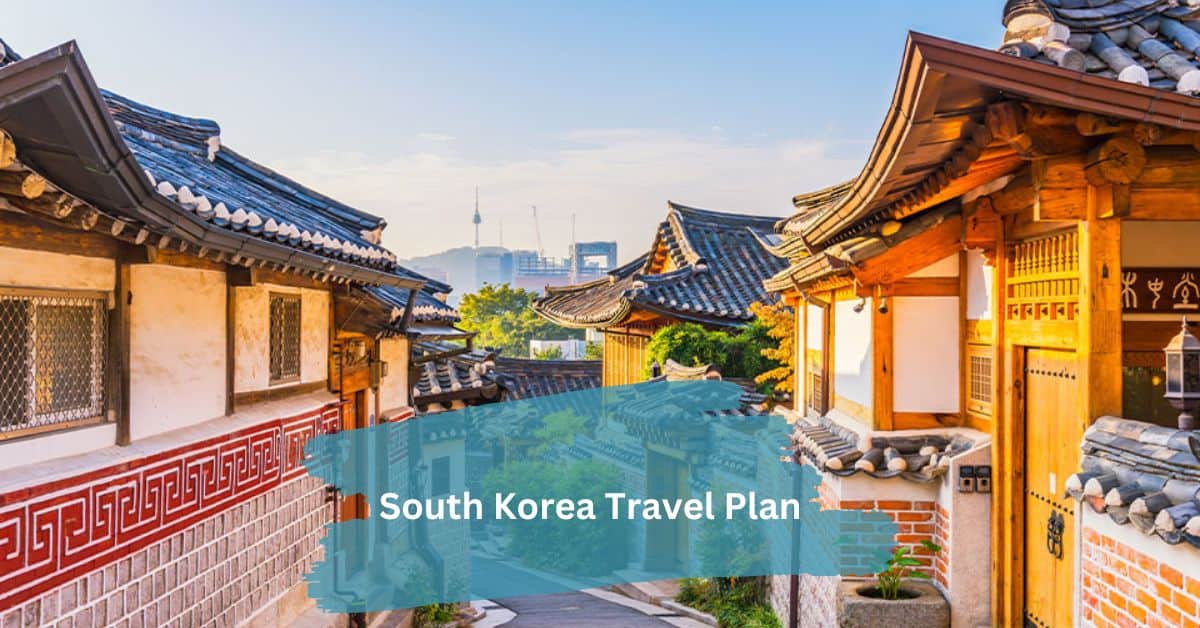
Creating my South Korea travel plan gave me the opportunity to wander through the lively streets of Seoul, unwind on the stunning beaches of Busan, and indulge in authentic bibimbap in Jeonju. Each destination, from historic palaces to vibrant markets, revealed a different aspect of Korea’s rich culture and history. The hospitality of the locals and the mouthwatering food made my journey an unforgettable experience!
A South Korea travel plan focuses on must-visit destinations like Seoul and Busan, emphasizing cultural experiences, delicious cuisine, and scenic beauty. It should include practical details on transportation, accommodations, and a curated itinerary to enhance your journey.
Introduction To South Korea Travel Plan
Looking for the perfect South Korea Travel Plan? From Seoul’s vibrant city life to the peaceful beauty of ancient temples and scenic coastlines, South Korea is a destination filled with diverse experiences. This guide will help you craft a South Korea Travel Plan that covers the must-see spots and hidden gems alike!
Exploring Seoul: South Korea’s Capital
“Exploring Seoul: South Korea’s Capital” invites travelers to discover one of Asia’s most dynamic and multifaceted cities. As the beating heart of South Korea, Seoul is where ancient traditions meet cutting-edge technology, and the past seamlessly blends with the future. Here, travelers can journey through history while indulging in the city’s modern, energetic lifestyle. Whether you’re a culture enthusiast, a foodie, a history buff, or simply looking to experience the excitement of a bustling metropolis, Seoul offers something for everyone.
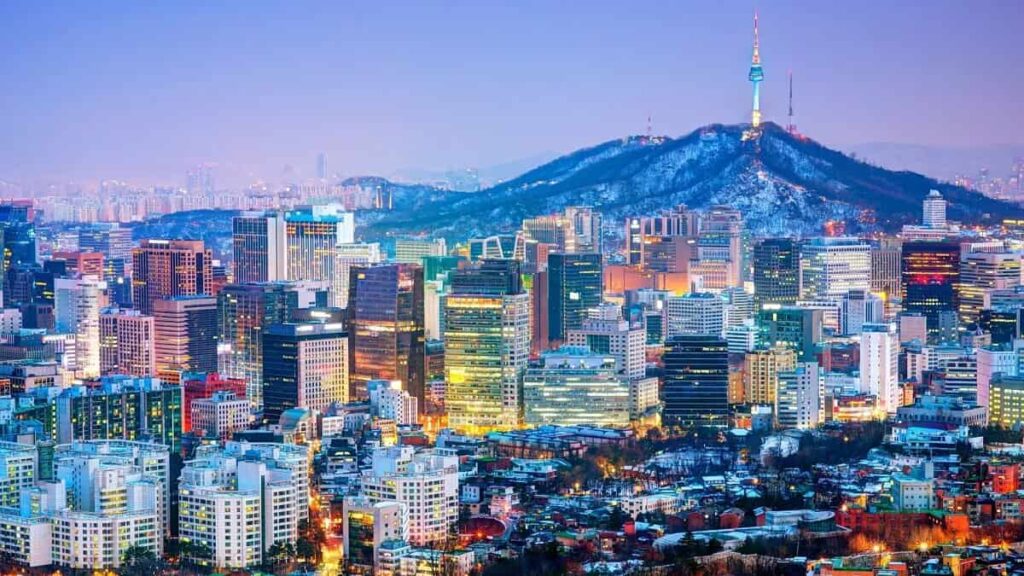
1. Discovering Seoul’s Historical Heritage:
Seoul’s history stretches back more than 600 years, offering a rich tapestry of ancient palaces, traditional hanok villages, and historic temples. Key stops include:
- Gyeongbokgung Palace: The grandest of Seoul’s Five Grand Palaces, Gyeongbokgung dates back to 1395 and provides insight into Korea’s Joseon Dynasty with its stunning architecture, beautifully landscaped grounds, and the changing of the guard ceremony.
- Bukchon Hanok Village: This charming area is filled with hanok (traditional Korean houses) that date back centuries, offering visitors a peek into Korea’s architectural heritage.
- Jogyesa Temple: As one of Seoul’s main temples, Jogyesa provides a tranquil escape with its 500-year-old trees and beautiful Buddha statues, serving as a hub for traditional Korean Buddhism.
2. Modern Seoul: Shopping, Dining, And Technology
Seoul is known for its thriving modern culture, evident in everything from fashion-forward districts to high-tech marvels:
- Myeongdong: This popular shopping district is filled with both international and Korean brand stores, quirky cafes, and a vast array of street food stalls offering everything from tteokbokki (spicy rice cakes) to hotteok (sweet Korean pancakes).
- Dongdaemun Design Plaza (DDP): Known for its futuristic architecture, DDP is a design and art hub with exhibitions, shops, and public spaces that showcase Seoul’s forward-thinking creativity.
- Gangnam: This affluent area, made famous globally by Psy’s “Gangnam Style,” is home to luxurious shopping malls, trendy restaurants, and the latest tech innovations.
3. Seoul’s Food Scene:
Seoul’s culinary landscape is as diverse as it is delicious. From street food to fine dining, the city offers a mix of traditional and contemporary flavors:
- Gwangjang Market: One of Korea’s oldest markets, Gwangjang is where visitors can sample authentic Korean dishes like bibimbap, bindaetteok (mung bean pancakes), and freshly made kimbap.
- Itaewon: Known for its international food scene, Itaewon offers everything from Korean BBQ to global cuisine, reflecting Seoul’s growing diversity.
- Michelin-Starred Experiences: Seoul is home to a growing number of Michelin-starred restaurants where local ingredients and traditional flavors are reimagined with modern twists.
4. Nature And Relaxation:
Amid Seoul’s urban sprawl are serene green spaces and scenic views that provide a refreshing break:
- Namsan Seoul Tower: A landmark atop Namsan Mountain, this tower offers panoramic views of the city and a scenic cable car ride.
- Han River Parks: A favorite among locals, these parks along the Han River are perfect for biking, picnicking, and enjoying riverside views.
- Bukhansan National Park: Just north of the city, this mountainous park offers hiking trails with stunning views and opportunities to explore temples nestled in nature.
Busan: A Coastal Gem
Busan, often called South Korea’s “second city,” is a vibrant coastal gem that offers a unique mix of urban life, seaside beauty, and cultural charm. Known for its stunning beaches, bustling fish markets, and scenic mountain views, Busan has something for every traveler.
This port city boasts a more laid-back atmosphere than Seoul, making it a favorite destination for both locals and tourists looking to relax by the coast while still enjoying a dynamic city experience
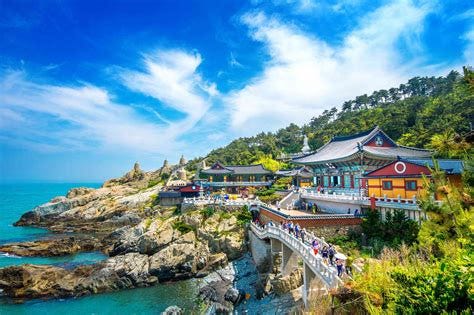
1. Haeundae Beach and Gwangalli Beach: Sun, Sand, and Scenic Views
Busan is renowned for its beautiful beaches, and Haeundae and Gwangalli are two of the most popular. Haeundae Beach is a hotspot for swimming, festivals, and a vibrant nightlife, offering something for everyone, especially in the summer. Meanwhile, Gwangalli Beach is famous for its view of the illuminated Diamond Bridge, which creates a stunning evening backdrop perfect for walks and beachside dining. Both beaches showcase Busan’s coastal charm and bustling beach culture.
2. Gamcheon Culture Village: The Art-Filled “Santorini of Korea”
Gamcheon Culture Village is a colorful hillside village filled with winding streets, art installations, and brightly painted houses. Often called the “Santorini of Korea” for its picturesque layout, this village combines history and art, making it one of Busan’s most unique attractions. Visitors can wander the streets to explore local art galleries, cozy cafes, and scenic viewpoints overlooking the city.
3. Jagalchi Fish Market: A Seafood Lover’s Paradise
For an authentic taste of Busan, Jagalchi Fish Market is a must-visit. As the largest seafood market in South Korea, it offers an abundance of fresh fish, shellfish, and other marine delicacies. Visitors can experience the lively market atmosphere, sample fresh seafood, or even pick their own catch and have it prepared on-site. This bustling market embodies Busan’s close connection to the sea and its vibrant food culture.
Jeju Island: Natural Beauty Unleashed
Jeju Island, often referred to as the “Hawaii of South Korea,” is renowned for its stunning natural landscapes, unique geological formations, and rich biodiversity. This volcanic island offers a diverse range of attractions, from breathtaking beaches and lush green forests to towering waterfalls and volcanic craters, making it a paradise for nature lovers and outdoor enthusiasts.
1. Key Attractions And Natural Wonders:
- Hallasan National Park: At the heart of Jeju lies Hallasan, South Korea’s highest mountain and a dormant volcano. The national park offers various hiking trails that showcase diverse flora and fauna, as well as breathtaking views from the summit. The trail to the crater at the top is a popular choice, rewarding hikers with stunning panoramas of the island.
- Seongsan Ilchulbong (Sunrise Peak): This UNESCO World Heritage site is a volcanic crater that rises dramatically from the sea. Hikers can climb to the top for a spectacular view of the sunrise, making it a must-visit spot for early risers. The surrounding area also features beautiful coastal scenery and fields of vibrant canola flowers in spring.
- Jeongbang Waterfall: One of the few waterfalls in Asia that falls directly into the ocean, Jeongbang Waterfall is a breathtaking sight. Visitors can enjoy the natural beauty while listening to the sound of cascading water and watching the waves crash against the rocks below.
- Manjanggul Lava Tube: Another UNESCO World Heritage site, this impressive lava tube is one of the longest in the world. Exploring the fascinating underground formations created by volcanic activity offers a glimpse into the island’s geological history.
2. Beaches And Relaxation:
Jeju Island is also famous for its beautiful beaches, which are perfect for sunbathing, swimming, and water sports:
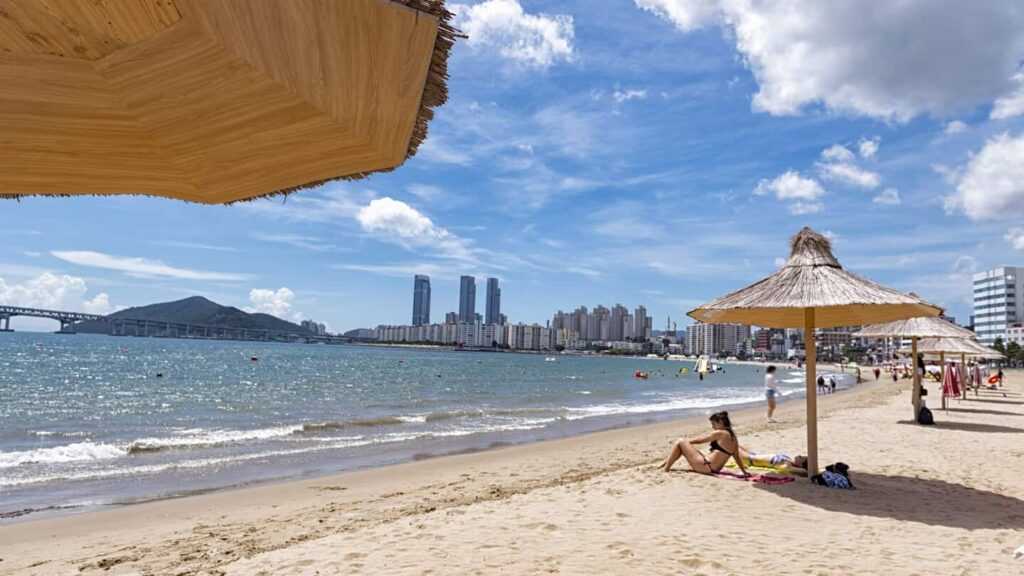
- Hyeopjae Beach: Known for its crystal-clear waters and fine white sand, Hyeopjae Beach is a popular destination for families and beachgoers looking to relax and enjoy the sun.
- Hamdeok Beach: This beach features shallow waters and stunning scenery, making it ideal for swimming and water activities. The nearby cafes and restaurants provide a perfect spot to unwind with local snacks.
3. Cultural Heritage:
Visitors can wander through traditional villages, immerse themselves in local customs, and savor typical Jeju dishes such as black pork and fresh seafood. The island is also famous for its unique stone sculptures known as “Dole Heriobangs”, which are symbols of protection and fertility.
FAQ’s
1. What Is The Best Time To Visit South Korea?
The best time to visit is during spring (April to June) and fall (September to November) for mild weather and beautiful landscapes.
2. Is It Easy To Get Around South Korea?
Yes, South Korea has an efficient public transportation system, including subways, buses, and trains, making it easy to navigate cities and travel between regions.
3. Do I Need A Visa To Visit South Korea?
Visa requirements depend on your nationality; many travelers can enter South Korea for short stays without a visa, while others may need to apply in advance.
4. What Language Is Spoken In South Korea?
The official language is Korean, but many people in urban areas, especially younger generations, can communicate in English.
5. Is South Korea Safe For Tourists?
Yes, South Korea is considered very safe for tourists, with low crime rates and a strong emphasis on public safety.
Conclusion:
A well-structured South Korea travel plan enhances your experience, allowing you to explore vibrant cities, rich culture, and stunning landscapes. By selecting key destinations and activities, you can create an itinerary that reflects your interests and maximizes enjoyment. With thoughtful planning, your journey through South Korea will be an unforgettable adventure filled with lasting memories.










